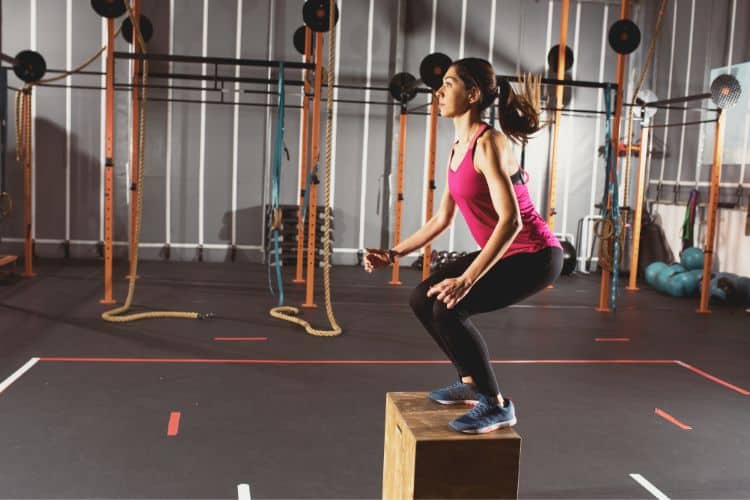Sign up for workout ideas, training advice, reviews of the latest gear and more.






A woman’s body is a remarkable piece of machinery that deserves to be treated with care and respect. Keeping fit should be a primary objective for everyone, especially women, as regular exercise not only helps maintain physical health but also boosts mental wellbeing. To cater to this need, here’s a comprehensive workout plan designed specifically for women that covers strength training, cardiovascular exercise, and flexibility workouts.
Before diving into the workout plan, it’s essential to understand the value of physical fitness. Regular workouts offer innumerable benefits, such as weight management, reducing the risk of chronic diseases, improving heart health, enhancing mental health, boosting energy levels, and increasing longevity. Specifically for women, workouts can help mitigate symptoms of PMS, reduce the risk of osteoporosis, and aid in the management of menopause symptoms.
The most effective workout programs incorporate three primary components: aerobic exercise for heart health, strength training for muscle and bone health, and flexibility exercises to maintain mobility and prevent injuries.
Aerobic exercises, or cardio, boost your heart rate, strengthen your heart and lungs, improve oxygen circulation, and aid in weight loss. The American Heart Association recommends at least 150 minutes of moderate-intensity or 75 minutes of vigorous aerobic exercise per week.
Walking, Running, and Jogging:
These are fantastic low-impact cardio options that you can do anywhere. Whether you’re a beginner or advanced, you can modify the intensity to fit your fitness level.
Cycling:
This is an excellent choice for women as it is easy on the joints while being a powerful calorie-burner. Cycling classes or stationary bikes can provide a more structured workout.
Swimming:
Swimming is a full-body workout that builds endurance, muscle strength, and cardiovascular health. It’s also beneficial for women who have arthritis or back problems as it’s gentle on the joints.
Strength training exercises target muscle groups to increase muscle tone, strength, and bone density. They also help with weight management as more muscle mass leads to a higher metabolic rate, helping you burn more calories even at rest. Aim for two to three strength-training sessions per week.
Weight Lifting:
This involves using free weights or weight machines. It’s advisable to start light and gradually increase the weight as your strength improves. Ensure that you are properly instructed in the correct form to avoid injuries.
Resistance Band Workouts:
These offer a versatile, portable, and affordable way to add resistance to your workouts. They are particularly useful for working smaller muscle groups that are often overlooked in weightlifting.
Bodyweight Exercises:
Push-ups, squats, lunges, and planks are examples of bodyweight exercises that are effective for strength training. You can do these anywhere and modify them to match your fitness level.
Flexibility and balance workouts are often overlooked, but they are crucial for maintaining mobility, preventing injuries, and promoting muscle recovery. Include these exercises in your workout routine at least twice a week.
Yoga:
Yoga improves flexibility, balance, strength, and mental health. There are many types of yoga, from restorative yoga that focuses on relaxation to power yoga that provides a rigorous workout.
Stretching:
Regular stretching can improve your flexibility, enhance your range of motion, and reduce the risk of injury. Always include a warm-up and cool-down stretching routine in your workouts.
Pilates:
Pilates is a form of low-impact exercise that strengthens your core, improves flexibility, and promotes better posture. It can be done on a mat or using Pilates equipment.
A well-rounded workout routine for women might look something like this:
This plan provides an excellent balance between different types of exercise and also incorporates rest days, which are vital for muscle recovery.
A regular and well-structured workout plan offers countless benefits for women. The combination of aerobic exercise, strength training, and flexibility and balance workouts can result in improved overall health and wellbeing. Always remember that consistency is key, and any activity is better than none. Start slow, gradually increase the intensity, listen to your body, and make sure you enjoy your workouts, turning them into a sustainable habit rather than a chore. Happy working out!
Stay up to date on the latest women’s health, fitness and lifestyle trends and tips.